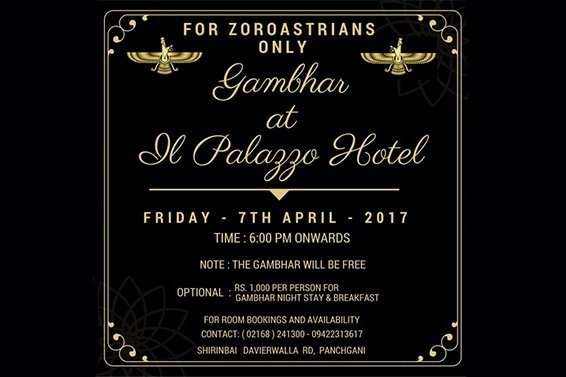Why are more shops opening up in residential localities?
Looking back at an idyllic childhood, Zarine Engineer, 75, remembers Dadar Parsi Colony as a quiet, leafy residential settlement of low-slung buildings on the outskirts of Bombay. As part of a housing plan to decongest the city, it was Engineer’s grandfather Mancherji Joshi who got the land sanctioned on a 999-year lease for the community to build an enclave.
“I was born and brought up in the locality and have seen how quaint the area was. Only doctors would be allowed to operate in the locality. But now, we are seeing commercial establishments make their way into the ground floors of most redeveloped buildings,” says Engineer, a member of the Macherji Edalji Joshi Residents’ Association (MEJCRA), which appears to be fighting a losing battle to preserve the character of the precinct, better known as Five Gardens.
All across Mumbai, commercial activity has made deep inroads into once peaceful residential localities, raising noise levels and blurring the distinction between market areas and housing spaces. (TOI in association with Awaaz
Foundation has been running a campaign on the issue since June). Anandini Thakoor, who heads a citizen’s association in Bandra, says she has seen from up close the entire suburb change beyond recognition over the last few decades due to this problem. “The boom in commercial establishments has become a nightmare for us. When R R Patil was home minister, we had complained about it. We were promised that additional eating houses would not be given licences in the locality but none of the promises have been kept,” says Thakoor.
One of the primary reasons for this is the lack of zoning rules to demarcate residential areas from commercial space. The other is increasing exploitation of floor space index in redeveloped structures by builders who sell ground floor units for commercial use. It is not uncommon to see shops, coaching classes and eateries mushroom in redeveloped buildings.
Both the Development Plan (DP) 1991 as well as the recently released draft DP 2034 define a residential zone as one with a “predominantly” residential use. But this definition has a problematic rider, or loophole, as activists call it: a variety of “compatible” commercial uses are allowed in such a zone, thus allowing retail, hospitality and other kinds of enterprises a foot in the door. Civic officials say this provision was made keeping in mind the “mixed-use” character of the city. “Commercial activity is unavoidable to an extent in residential areas,” says a civic official. But progressively, the clause has been misused in the absence of civic supervision, allowing businesses to expand beyond a reasonable limit.
So residents of Bandra, Khar and Santacruz, for instance, have been raising their voice against the increasing number of restaurants and pubs in their areas. Union Park residents who live off Carter Road, staged a silent protest against eateries in their locality a few years ago.Bharati Kakkad, secretary of the association, says, “I came to live here in the 1980s when Union Park was a serene residential locality. There were two hotels but they provided lodging and boarding facilities. Post-2000, we noticed that bars and pubs had begun to make an entry. Their numbers only grew over time to such an extent that today there’s no stopping them. While as residents we do not have a problem with eateries, the noise generated is very disturbing. As they stay open till 1.30pm, vehicles keep moving in and out. In the night, the noise carries to our buildings, making it difficult for us to sleep. Also, the fault lies with authorities who have not been able to enforce the noise rules appropriately.”
Kakkad adds that they have been complaining to authorities for almost a decade now but are yet to get a favourable reply. “Many of these outlets do not even have appropriate licences. In most cases, they have utilized more space than they are permitted to, by municipal authorities. But there is no one who keeps a tab on them continuously.”
Sumaira Abdulali, convenor, Awaaz Foundation, says this is precisely the reason the BMC needs to factor noise into its development policy, especially when it’s expanding infrastructure. “The number of roads in Mumbai has increased and there has been an intrusion of commercial zones into residential areas. Some baseline studies should have been done keeping this in mind, considering that this DP 2034 would be there for the next 20 years.”
Architect PK Das says, “The intrusion of commercial zones into residential areas is a lot more along major commercial roads such as Linking Road and Hill Road. Obviously, one cannot mix residential with commercial as it questions the whole point of residential privacy, which is not required in commercial zones where there is continuous movement of people. This is a bad trend and should be stopped.” Is anyone listening?
Published on TimesOfIndia





